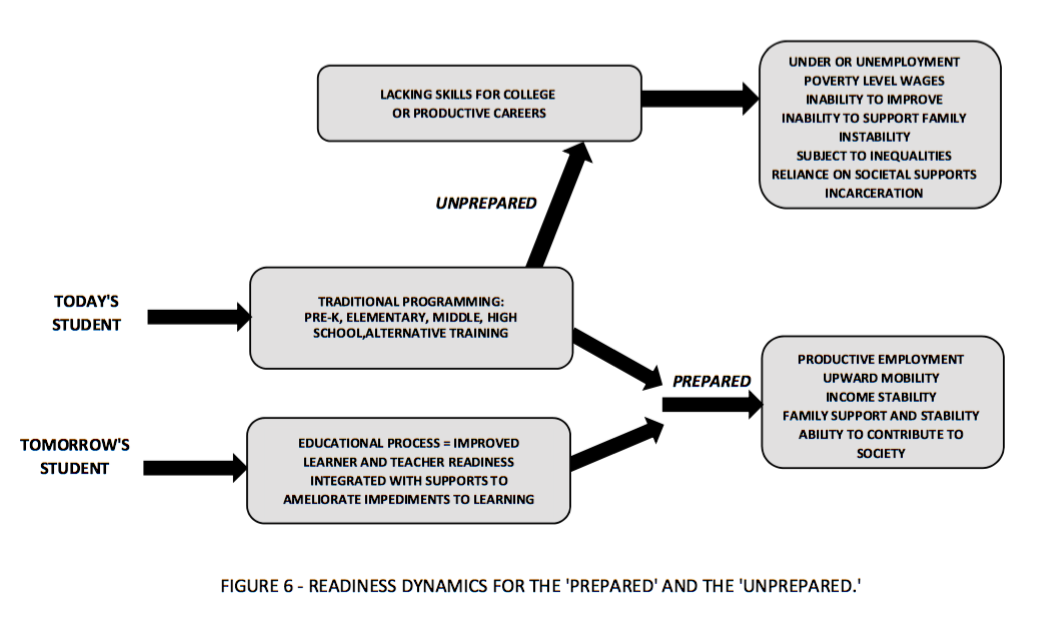
Figure 6: Readiness Dynamics for the 'Prepared' and the 'Unprepared'
Definition: 'Readiness' is a necessary condition for the individual student to successfully transition through any educational process. It is also important to recognize that the aggregate of one's educational processes is, itself, preparation for life in the real world that follows. Simply put, the goal of the process of education is to prepare the individual student for success, fulfillment and a meaningful quality of life.Conversely, those students who do not acquire this critical preparation during their educational process are basically 'unprepared' for the challenges, demands and opportunities that, collectively and inevitably,constitute life.
Description: Figure 6 indicates that today's students entering the traditional [existent] educational processes experience two outcomes: [1] those students who emerge are 'prepared' and, for the most part, move on to realize the American dream, i.e., employment, upward mobility, income stability, family stability,..., societal stabilty.and a meaningful quality of life. Conversely, those who emerge 'unprepared' enter the world of unemployment, low wages, poverty, lack of resources, instabilities and inequalities. A natural derivative of being 'unprepared' is a significantly reduced quality of life. The spectrum of inequalities are largely poverty-driven the and exert an almost immeasurable cost upon all of American society.
However, Figure 6 also suggests that an educational process with intrinsic readiness and learning factors would likely serve to minimize the 'unprepared' population and to maximize the 'prepared' population of students. Considering the constantly growing spectrum of student populations beyond the 'traditional' educational processes, the perspective of 'readiness for learning, emerges as an educational requirement. It stronly suggests that educational strategies that shape learning strategies to fit the needs of a particular student population be developed and embraced so that the educational expectation and constitutional right of every American be fully realized, i.e., 'one size does not fit all'! It follows that both 'learning readiness' and 'teaching readiness' must co-exist within classrooms. These raediness factors are addressed in the educational section of Poverty & Despair versus Education & Opportunity.
Keywords: Education readiness, learning readiness, teaching readiness, learning, cognitive processes, neuropsychology in education, student motivation, teaching methods, emerging studenrt populations, student discipline and expelled statistics, drop-out statistics, attendance statistics, incarceration statistics, incarceration and education, recidivism and education, literacy statistics, why students fail?, why students succeed?
Selected References:
1. Teaching with the Brain in Mind, Association of Supervision and Curriculum Development, Eric Jensen, ERIC, ERIC Number ED434950, 1998.
2. Fostering Preschool Children's Mathematical Knowledge: Findings From the Berkeley Math Readiness Project, Alice Klein, Prentice Starkey, University of California Berkeley, Chapter 14, Engaging Young Children in Mathematics, Standards for Early Childhood Mathematics Education, Edited by Douglas H. Clements, Julie sarawa; Associate Editor, Ann-Marie DiBiase., Lawrence Erlbaum Associates Publishers, Mahwah, NJ, London, 2004.
3. What is School Readiness? Adopting Cradle-to-Career Approaches, Harlem Children's Zone, Promise Neighborhood Initiative, U.S. Department of Education.
4. Where We Stand on School Readiness, National Association for the education of Young Children.
5. School Readiness Indicators Initiative, Getting Ready-School Readiness Indicators Initiative. A 17 State Partnership, 2004. www. gettingready.org/matriarch, 2004.
6. Poverty & Despair versus Education & Opportunity, Breakind Down the Barriers and Building Bridges, A. Colella, Joseph H. Crowley, Stillwater River Publications, 2016.
7. Measuring School Readiness: Conceptual and Practical Considerations, K. Snow, Early Education and Development, Volume 17, Issue 1, 2006.
8. Research in Review: School Readiness Assessment, K. Maxwell, R.M. Clifford, Young Children, Volume 59, Issue 1, March, 2005.
9. Intellectual Property - To - Product Process, F. Tweedie, A. M. Colella, Innovations in Engineering Education Session, Annual Conference of the New England Section-ASEE, May 23, 2003.
10. Poverty, Not Schools, to Blame for Low Scores, Joseph H. Crowley, Commentary, Providence Journal, November 27, 2015.
11. We Need to Teach Teachers Better, John J. Colby, Commentary, Providence Journal, January 1, 2016.